Design Notebook: Bandon Dunes at the Quarter-Century Mark
Plus: A quick Shorty’s review and a sad announcement from Sweetens Cove


Welcome back to Design Notebook, where we know summer is approaching because suddenly we’re racking up a lot of frequent-flier miles.
Last week, Andy Johnson attended Bandon Dunes’ 25th-anniversary shindig, and in this edition of DN, he reflects on the resort’s influence and explores some of the agronomic challenges that may define its next quarter century. He also gives his thoughts on Shorty’s, Bandon’s latest par-3 course. Let’s dig in.
Bandon Dunes’ First (and Next) 25 Years
By Andy Johnson
It was an amazing experience to be out at Bandon Dunes for last week’s 25th-anniversary celebration. Mike Keiser’s trailblazing destination has been a smashing success, and I would argue that it has pushed the golf course industry further forward than any other course, resort, or phenomenon this century. It ushered in a new kind of golf in America, a rugged and minimalist model that harkened back to the links of Great Britain and Ireland and put the focus on golf, not frills. Keiser zagged when the industry was zigging, and his gamble paid off. Today, Bandon Dunes is a massive operation that has lifted an entire local economy that had been hit hard by the decline of the fishing and logging industries. The resort now features five regulation 18-hole courses, two par-3 courses, and several restaurants, employing a caddie corps and service staff that numbers well over 1,000. It is, in every sense, a remarkable achievement.
In the golf world more broadly, Bandon’s impact has been seismic. To start with, the story of an entrepreneur from outside the golf industry creating his own golf mecca has surely inspired others to action. I would imagine most current golf course owners and builders have thought to themselves at some point, “Well, Mike Keiser, the greeting-card guy, did it. Why can’t I?”
Keiser’s overall model at Bandon Dunes has become a primary source of inspiration for other developers. The recipe of great land, neoclassical architecture, and a golf-first mentality has been replicated, with varying degrees of authenticity and success, by many of the most important golf resorts of the past two decades. Also influential is a term coined by Keiser, “the retail golfer,” which has become a guiding light for many public facilities. For decades prior to Bandon Dunes, the predominant push from developers and architects centered on testing the best golfers. Today, playability and fun are emphasized alongside challenge.
Finally, Bandon’s success has pushed its predecessors in the destination-golf business, Pinehurst and Pebble Beach, to evolve and improve. We’ve seen old-school Pinehurst push in new and exciting directions, renovating its No. 2 and No. 4 courses, building a short course, adding restaurants, and, most recently, launching a new venture, the Sandmines, which will revolve around the No. 10 and No. 11 courses and operate more like Bandon Dunes instead of relying on the traditional member-resort guest model of the first nine courses. As for Pebble Beach, the company hasn’t touched its showpiece (even though it is, in my view, in need of polishing), but it has reimagined its short course, now known as The Hay, and will soon implement a renovation plan by Gil Hanse at Spanish Bay Golf Links. All of this innovation, borne out of the pressure Bandon has exerted on the market, has benefited retail golfers, giving them more unique and architecturally thoughtful offerings. Competition breeds excellence.
As Bandon Dunes embarks on its second 25 years, however, the resort must answer some tough questions, particularly when it comes to agronomy. In Bandon’s early years, its value prop was simple and compelling: genuine links golf on the Pacific Ocean. The resort still holds onto that identity, but with a big change that takes away from the “true links” experience.
Over the years, Bandon has fought poa annua invasions of its fescue greens and surrounds. I am by no means an agronomy expert, so I will keep my observations broad. From what I’ve gathered by speaking with experts, there’s no stopping poa in Bandon’s landscape and climate. Fescue greens can thrive for a few years after construction, but then the poa starts to move in. Rather than fighting this evolution (or devolution) with excessive chemicals and labor, the resort has decided to concede to Mother Nature and allow the greens on its older courses to transition into full poa. This has permitted Bandon to proceed with minimal inputs, which is obviously important, but it’s not ideal from a golfing perspective. Fescue greens are capable of providing firm and fast conditions year-round, rain or shine. The entrance of poa annua has taken away from these once-electric playing surfaces, particularly in the off-season.
This winter, Bandon Dunes was hit with torrential rains, amplifying the problem. The resort is booked solid for years in advance, winter and summer, and the combination of heavy play and heavy rain is a death sentence for poa greens. Right now, the greens are recovering from the cold months, but slowly. If there is little to no rain this summer, the greens may get back to themselves. But is that what Bandon has become? A place where the architecture shines just a few months a year?
While on site, I thought frequently about what Bandon Dunes’s next 25 years might hold. If the poa continues to win out, these extraordinary courses will continue to play softer. On the other hand, if the resort decides to push back and reconvert the greens and surrounds to fescue, it would incur enormous expenses and, perhaps more importantly, be forced to shut courses down for extended periods. One of the joys of a trip to Bandon Dunes is playing all of the courses and arguing with your friends afterwards about which is the best. Would a Bandon visit have as much appeal if, say, Pacific Dunes were closed for regrassing during the summer of your stay?
Beyond the first summer, additional shutdowns would likely need to happen every five to 10 years in order to keep the fescue in place. This is a sad prospect, but not unprecedented. Almost every major American golf resort has followed a similar trajectory, with the prized courses morphing into something different. At Pinehurst, that ended with Coore & Crenshaw’s restoration of No. 2 for the 2014 U.S. Open. At Pebble Beach, the return to the glory years has yet to happen.
Aging is inevitable and, much like humans, golf courses usually lose a step as they get older. Twenty-five years in, the longest-standing courses at Bandon Dunes are beginning to slow down, creating an unenviable predicament for Mike Keiser and his team. I wonder what they will do.
Chocolate Drops
By Garrett Morrison
A short take on Shorty’s. As part of the anniversary celebration at Bandon Dunes, Andy got to play Shorty’s, the resort’s new Whitman, Axland & Cutten-designed short course. Just before going to press with this DN, I asked him to send me a few sentences on his initial impressions:
“When I flew my drone a few years ago at Bandon Trails, I will never forget seeing the choppy, irregular sand dunes to the west of the first and 18th holes. It’s incredible that this is now a golf course. The land is perfect for par 3s; the dunescape provides plenty of peaks to sit the greens on and hollows to rest them in. Through 19 holes, you plunge up and down to a variety of greens that repel and corral. It’s a wonderful walk and a stunning property. The architectural work is also stunning. The shaping and tie-ins make it feel like the course has been there forever.
“I will say, though, that I was disappointed by the lack of variety in the lengths of the holes. The course has 12 holes between 80 and 125 yards. I played a four-club challenge with my group, choosing a 7-iron, a 50-degree, and 60-degree to go with my putter. Not once did I feel like I had too few clubs or really needed to engineer a shot. While the greens are beautifully varied, the shots required to hit into them get redundant—and this is coming from a person who enjoys chipping 7-irons. So Shorty’s is fun, but not quite as much fun as I had hoped.
“Part of the issue is simply the number of holes. Nineteen is a lot. I would gladly lose a few in exchange for the variety that some longer holes would bring. I actually heard that WAC’s original routing had around 12 holes, but the resort kept asking for more.
“This relates to my broader critique of short-course architecture in America. There seems to be this belief that every hole needs to be a par 3 under 150 yards. I find this to be an unnecessary limitation on the potential of this form of golf.”
Bittersweet. Speaking of maintenance difficulties at popular public golf destinations, Sweetens Cove Golf Club in South Pittsburg, Tennessee, announced yesterday that it will close down from late May to the end of August this year in order to address poor turf conditions. “This winter we experienced an unbelievably harsh three-week stretch of weather,” a statement from the club read, “which brought six inches of snow [that] then turned into ice mixed with some unbearably cold temperatures (averaging 22 degrees) for over 13 days. These conditions are not favorable to our dormant Bermuda grasses. We took all the possible precautions with tarping, and it still hit us harder than we could have ever imagined. Saying that, it is with a heavy heart that we have made the decision to shut down the golf course to regrass everything that Mother Nature took from us.” Sweetens Cove, a King-Collins designed nine-holer that became an unlikely sensation in the late 2010s, has seen more play over the past several years than its ownership, which still includes architect Rob Collins, could have expected. Let’s hope this down time allows the course to recover and become agronomically sustainable.
Garrett and Matt do Pinehurst. Your trusty architecture correspondents will be in Pinehurst for the next few days, seeing the 2024 U.S. Open-hosting No. 2 course, the new Tom Doak-designed No. 10 course, Mid Pines, and Southern Pines. Got any questions about these spots? Put them in the comments below and we’ll answer them when we get back.
A Course We Photographed Recently
By Matt Rouches
Black Creek Club (Chattanooga, TN)—designed by Brian Silva in 2000
{{content-block-design-notebook-bandon-dunes-25-years-001}}
Quotable
“As I tried to educate myself about the game’s design and history, the questions kept multiplying. As is often the case, the conventional wisdom was misleading at best, a convenient justification for doing things the same old way. I became convinced that the heavily engineered courses in the United States weren’t designed for golfers like me and my friends. To play them successfully, you had to be able to hit shots that were beyond our abilities—long, straight drives and high, precise approaches. You had to be able to recover from deep bunkers and putt on surfaces as slick as the hood of a car. And yes, you had to stay out of the accursed water hazards. The only people who could manage these feats were pros and a tiny fraction of top amateurs. Why design courses for them? Why inflict misery on everyone else? Who had decreed that a round of golf should be an examination, and the architect should be an examiner intent on exposing the student’s every flaw?” –Mike Keiser
Leave a comment or start a discussion
Engage in our content with thousands of other Fried Egg Golf Members
Engage in our content with thousands of other Fried Egg Golf Members
Get full access to exclusive benefits from Fried Egg Golf
- Member-only content
- Community discussions forums
- Member-only experiences and early access to events






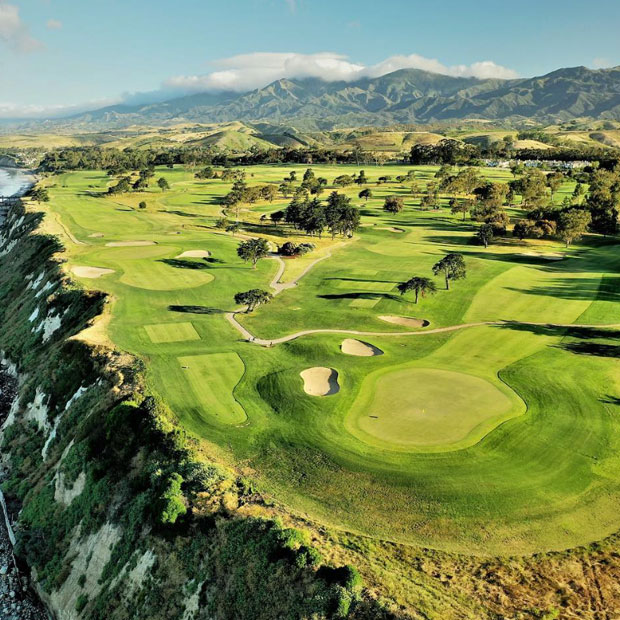
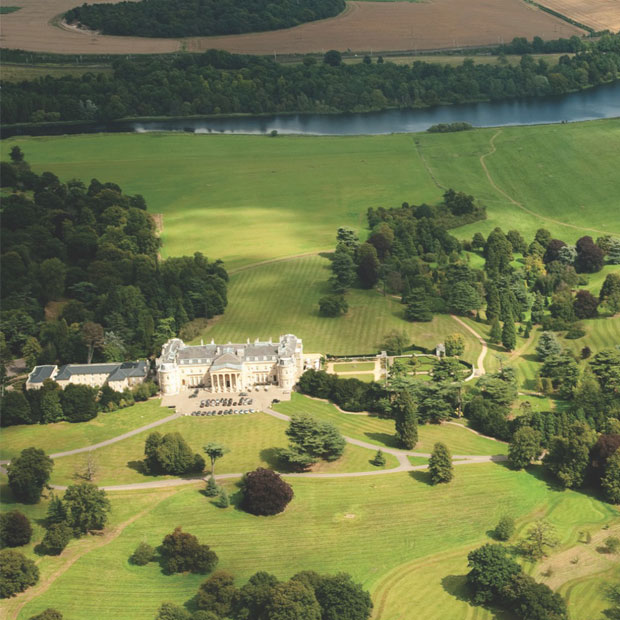
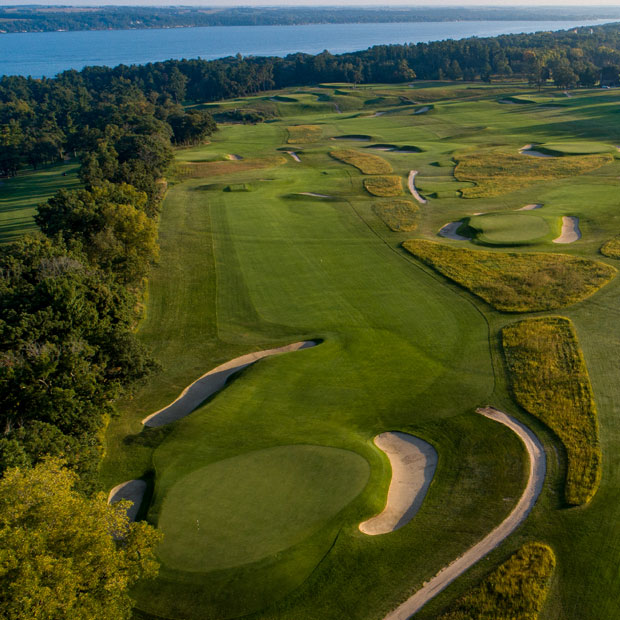
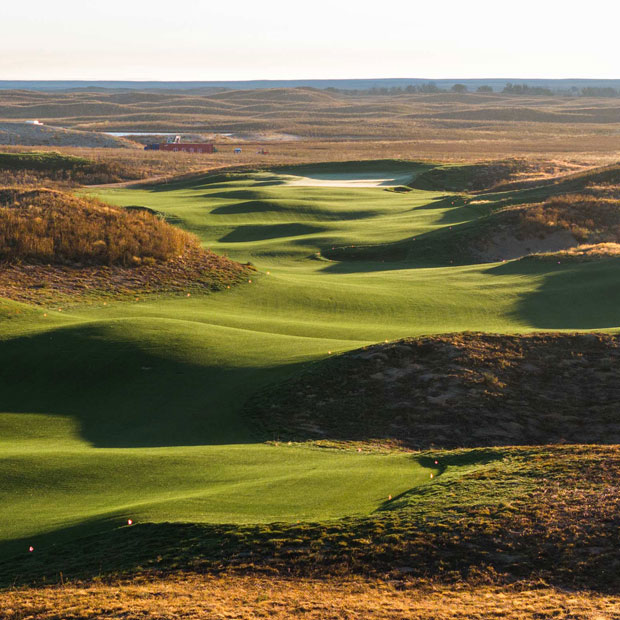
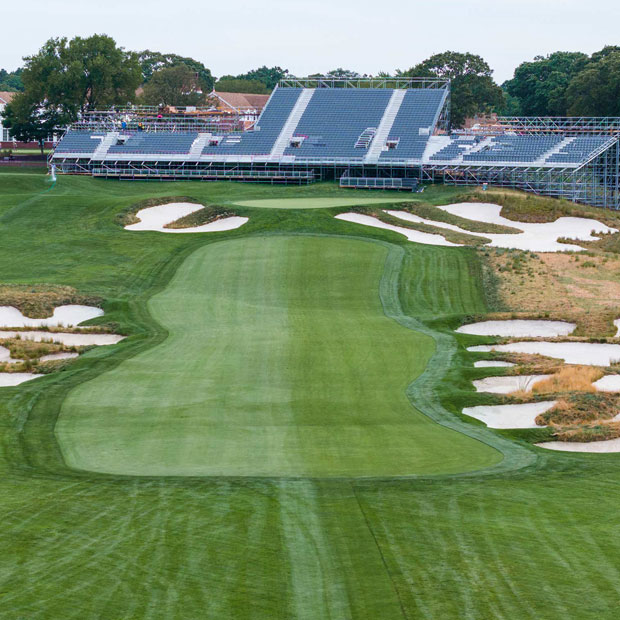

Leave a comment or start a discussion
Lorem ipsum dolor sit amet, consectetur adipiscing elit. Suspendisse varius enim in eros elementum tristique. Duis cursus, mi quis viverra ornare, eros dolor interdum nulla, ut commodo diam libero vitae erat. Aenean faucibus nibh et justo cursus id rutrum lorem imperdiet. Nunc ut sem vitae risus tristique posuere. uis cursus, mi quis viverra ornare, eros dolor interdum nulla, ut commodo diam libero vitae erat. Aenean faucibus nibh et justo cursus id rutrum lorem imperdiet. Nunc ut sem vitae risus tristique posuere.